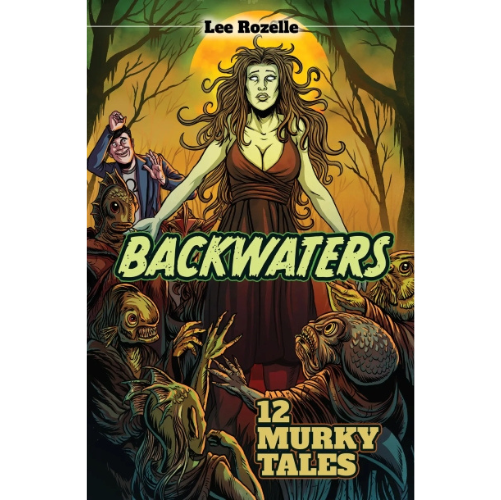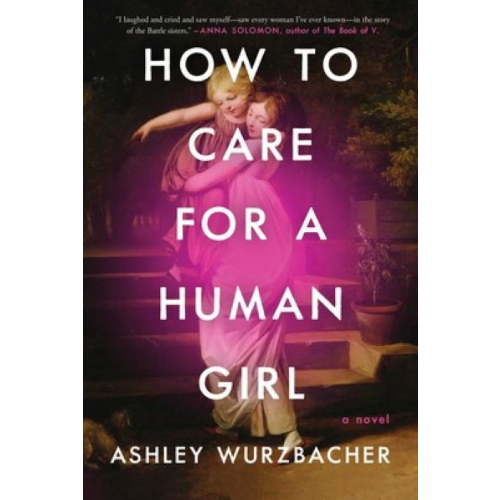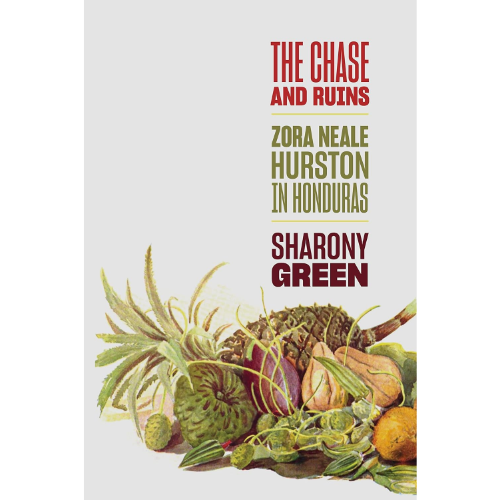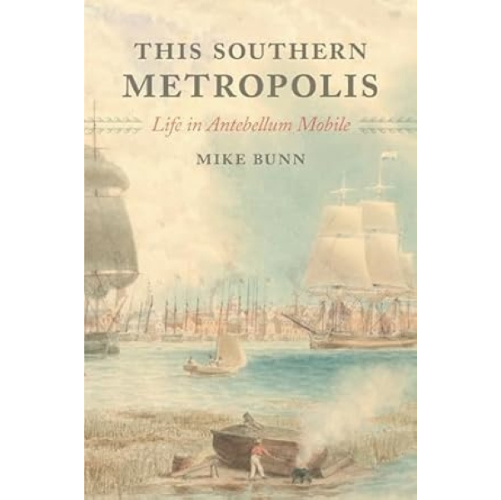By Julie Buckner Armstrong
University of Alabama Press 2023
Paper: $24.95
Genre: Non-fiction
Reviewed by Nancy Wilstach
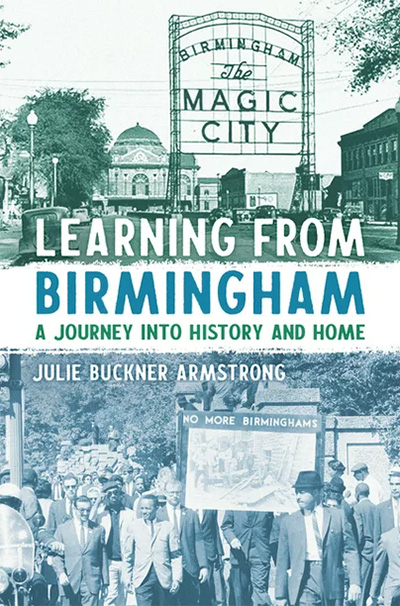
If you are, as am I, a transplant to Alabama, you surely have asked yourself about the white contemporaries who witnessed civil rights history in the making and wondered: “What were they thinking?” Specifically, those who were close in age to the African American children who withstood a steady stream of abuse simply to go to school or who lay fearfully in bed at night listening to nearby explosions of dynamite and Molotov cocktails.
Dr. Armstrong pulls back the curtain from her East Lake childhood and ushers us into a white working-class mindset with rigid lines of demarcation that Black people crossed only that they might serve the needs of whites.
She and her mother lived with Armstrong’s grandmother during the 1960s when Birmingham earned the sobriquet “Bombingham.” She recalls being sheltered by her grandmother in the central hallway of their home the day in 1963 when Klansmen dynamited the Sixteenth Street Baptist Church “as if white girls rather than black ones were in danger.” Four Black girls died that day in the church bombing.
(In a related irony, Armstrong’s Aunt Nell wound up on the jury that convicted Robert Chambliss 14 years later.)
It would be another 23 years before the surviving two bombers were convicted: Thomas Blanton and Bobby Frank Cherry.
Armstrong deftly conveys the willful ignorance of whites in the 1960s and takes specific notice of two who defied convention: Lawyer Charles “Chuck” Morgan Jr. and Atlanta Constitution editor Eugene Patterson. Both publicly denounced the complicity of white citizens in failing to stand up to the violence of their contemporaries. Both maintained their positions, Morgan as a public face of the American Civil Liberties Union (ACLU) and Patterson through his journalism.
The author, although a professor of English specializing in civil rights at the University of South Florida, doesn’t confine her scrutiny of Birmingham to its role in the Civil Rights Movement.
She also looks at struggles for LGBTQ+ rights, examining the fraught story of her own cousin’s eventual suicide, as well as that most Birmingham of trans stories: the flamboyant Ms. Sid. She notes overlaps with the Black civil rights struggle and the LGBTQ+ struggle to be recognized and accepted.
Another aspect of Birmingham’s history she explores (literally) is its shameful and shabby environmental spinelessness. She and her husband, an environmentalist, follow most of Village Creek, reporting “edgy” air, a rotten-egg smell, a metallic taste, and irritated eyes. The journey beside a golf course and brownfields, through eerie neighborhoods completely abandoned because of what once was routine flooding, past completely dead sections and others with the bucolic charm of a National Geographic photo essay ends at the creek’s confluence with the Black Warrior River’s Locust Fork. There stands the Miller Steam Plant, crowned in 2017 by the EPA as the largest emitter of greenhouse gasses in the country.
Armstrong brings us up to today when she interviews homeless people along the Civil Rights Heritage Trail centered on the Birmingham Civil Rights Institute, which has been accused of catering to business interests and tourist dollars.
This is a good read, whether you are a transplanted Hoosier or were born and reared in the Magic City, and it just might hold some possibilities for self-examination. Nancy Wilstach is a writer and retired journalist who lives in Montevallo, Alabama.

